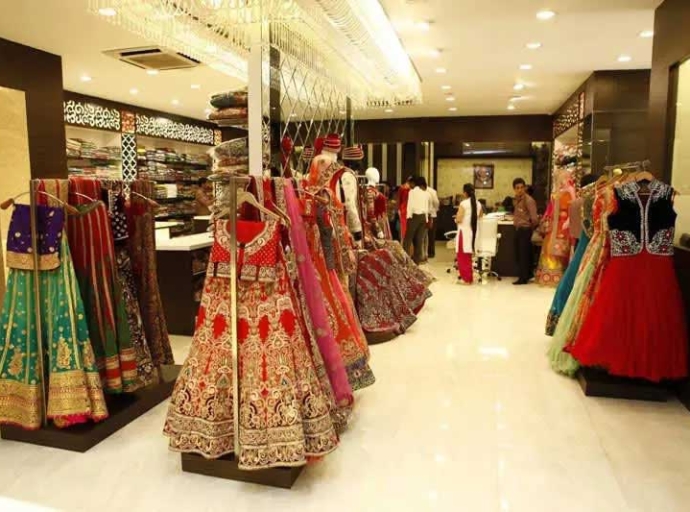NCR Retail Booms: Malls maintain lead, high streets gain traction

The National Capital Region (NCR) retail sector is experiencing a significant resurgence. While malls currently hold the edge in terms of growth, with a significant 65 per cent year-on-year increase in retail leasing activity compared to the first half of 2023. However, high streets are not to be outdone. There is a growing preference for high-street shopping, particularly among younger demographics, says a new Knight Frank India study ‘Think India Think Retail 2024’.
This trend is driven by several factors. One major catalyst is rising consumption, a growing and aspirational consumer base in NCR is driving demand for retail spaces. The NCR has seen expansion of retailers, both domestic and international brands, are keen to tap into the vast market potential, leading to increased leasing activity. Also, malls are evolving beyond just shopping destinations, offering entertainment, dining, and leisure options to create a holistic experience for consumers.
What makes high streets attractive?
However, high streets are not to be outdone. The report indicates a growing preference for high-street shopping, particularly among younger demographics. This trend is driven by convenience as high streets offer a more accessible and walkable shopping experience. They often house local boutiques and independent brands, providing a curated and differentiated shopping experience. Also, rents on high streets are generally lower than in malls, making them attractive to smaller retailers and budget-conscious consumers.
The report identifies Gurgaon, Noida, and Delhi as the leading retail markets within NCR. Each area caters to a slightly different segment. Gurgaon is known for its affluent population and corporate workforce, Gurgaon boasts high-end malls and designer boutiques. Noida is a rapidly developing area that offers a mix of established malls and upcoming high-street markets. Delhi, the capital city offers a diverse retail landscape, encompassing traditional markets, high-street shopping areas, and prominent malls.
NCR's specific retail behaviour
Malls currently hold a larger share of the retail space compared to high streets in NCR. The report suggests a 60/40 split in terms of retail space occupancy, with malls holding a larger share. However, the high street segment is expected to grow at a faster pace in the coming years. This can be attributed to the presence of established anchor stores, wider brand variety, and a controlled environment. High streets are gaining traction due to lower rentals, a more community-oriented feel, and the flexibility to cater to niche markets. NCR consumers exhibit a distinct retail behavior pattern.
Brand consciousness: There's a strong emphasis on established brands, both domestic and international.
Value for money: While brand conscious, NCR consumers are also price-sensitive and seek value for their purchases.
Digital influence: Online shopping and social media play a significant role in influencing buying decisions.
Fashion and apparel account for the largest share of retail space in NCR, both in malls and on high streets. Malls tend to house established fashion brands and larger stores, while high streets offer a wider variety of smaller boutiques and budget-friendly options. The growing disposable income and brand consciousness among NCR's population continue to fuel the growth of the fashion retail sector.
This report gives a positive picture of the NCR retail landscape, with both malls and high streets poised for continued growth. As consumer preferences evolve and the retail landscape adapts, NCR is likely to remain a major retail hub in India.
Latest Publications

































